
Oscar Cox (lawyer) - Wikipedia
Oscar Sydney Cox (December 3, 1905 – October 4, 1966) was an American lawyer and judge.
Cox attended Massachusetts Institute of Technology and earned two degrees from Yale University Bachelor of Philosophy (1927) en.wikipedia.org/wiki/Oscar_Cox…
Oscar Sydney Cox (December 3, 1905 – October 4, 1966) was an American lawyer and judge.
Cox attended Massachusetts Institute of Technology and earned two degrees from Yale University Bachelor of Philosophy (1927) en.wikipedia.org/wiki/Oscar_Cox…
and a Bachelor of Laws (1929). He was associated with the well-known law firm Cadwalader, Wickersham & Taft in New York City. From 1934–1938, Cox served as Assistant Corporation Counsel for taxes. In 1938, he left New York City for a post with the United States Department of the
Treasury.
In 1941, Cox was appointed General Counsel of the Lend-Lease Administration and the Office for Emergency Management (1941-1943).
Lend-Lease effectively ended the United States' pretense of neutrality which had been enshrined in the Neutrality Acts of the 1930s. It
In 1941, Cox was appointed General Counsel of the Lend-Lease Administration and the Office for Emergency Management (1941-1943).
Lend-Lease effectively ended the United States' pretense of neutrality which had been enshrined in the Neutrality Acts of the 1930s. It
was a decisive step away from non-interventionist policy and toward open support for the Allies. Roosevelt's top foreign policy advisor Harry Hopkins had effective control over Lend-Lease, making sure it was in alignment with Roosevelt's foreign policy goals.
In September 1940,
In September 1940,
during the Battle of Britain the British government sent the Tizard Mission to the United States.
The aim of the British Technical and Scientific Mission was to obtain the industrial resources to exploit the military potential of the research and development work completed by
The aim of the British Technical and Scientific Mission was to obtain the industrial resources to exploit the military potential of the research and development work completed by
the UK up to the beginning of World War II, but that Britain itself could not exploit due to the immediate requirements of war-related production. The British shared technology included the cavity magnetron (key technology at the time for highly effective radar; the American
historian James Phinney Baxter III later called "the most valuable cargo ever brought to our shores"), the design for the VT fuze [Proximity Fuze], details of Frank Whittle's jet engine and the Frisch–Peierls memorandum describing the feasibility of an atomic bomb.
Though these
Though these
may be considered the most significant, many other items were also transported, including designs for rockets, superchargers, gyroscopic gunsights, submarine detection devices, self-sealing fuel tanks and plastic explosives.
In December 1940, President Roosevelt proclaimed the
In December 1940, President Roosevelt proclaimed the
United States would be the "Arsenal of Democracy" and proposed selling munitions to Britain and Canada.
"Arsenal of Democracy" was the central phrase used by U.S. President Franklin D. Roosevelt in a radio broadcast on the threat to national security, delivered on December 29,
"Arsenal of Democracy" was the central phrase used by U.S. President Franklin D. Roosevelt in a radio broadcast on the threat to national security, delivered on December 29,
1940 — nearly a year before the United States entered the Second World War (1939–1945). Roosevelt promised to help the United Kingdom fight Nazi Germany by selling them military supplies while the United States stayed out of the actual fighting. The president announced that
intent a year before the Attack on Pearl Harbor (7 December 1941), at a time when Germany had occupied much of Europe and threatened Britain.
Roosevelt's address was a call to arms for supporting the Allies in Europe and the Republic of China, in total war against Nazi Germany
Roosevelt's address was a call to arms for supporting the Allies in Europe and the Republic of China, in total war against Nazi Germany
and Imperial Japan. "The great arsenal of democracy" came to specifically refer to the industry of the U.S., as the primary supplier of material for the Allied war effort.
"Arsenal of democracy" refers to the collective efforts of American industry in supporting the Allies, which
"Arsenal of democracy" refers to the collective efforts of American industry in supporting the Allies, which
efforts tended to be concentrated in the established industrial centers of the U.S., such as Detroit, Cleveland, Chicago, New York, Philadelphia, and Pittsburgh, and other places.
The phrase was suggested by top Roosevelt advisor Harry Hopkins. Yet another account has it that
The phrase was suggested by top Roosevelt advisor Harry Hopkins. Yet another account has it that
Roosevelt borrowed the phrase from Detroit auto executive William S. Knudsen, who was tapped by Roosevelt to lead the United States' war material production efforts.
William Signius Knudsen (March 25, 1879 – April 27, 1948) was a leading Danish-American automotive industry
William Signius Knudsen (March 25, 1879 – April 27, 1948) was a leading Danish-American automotive industry
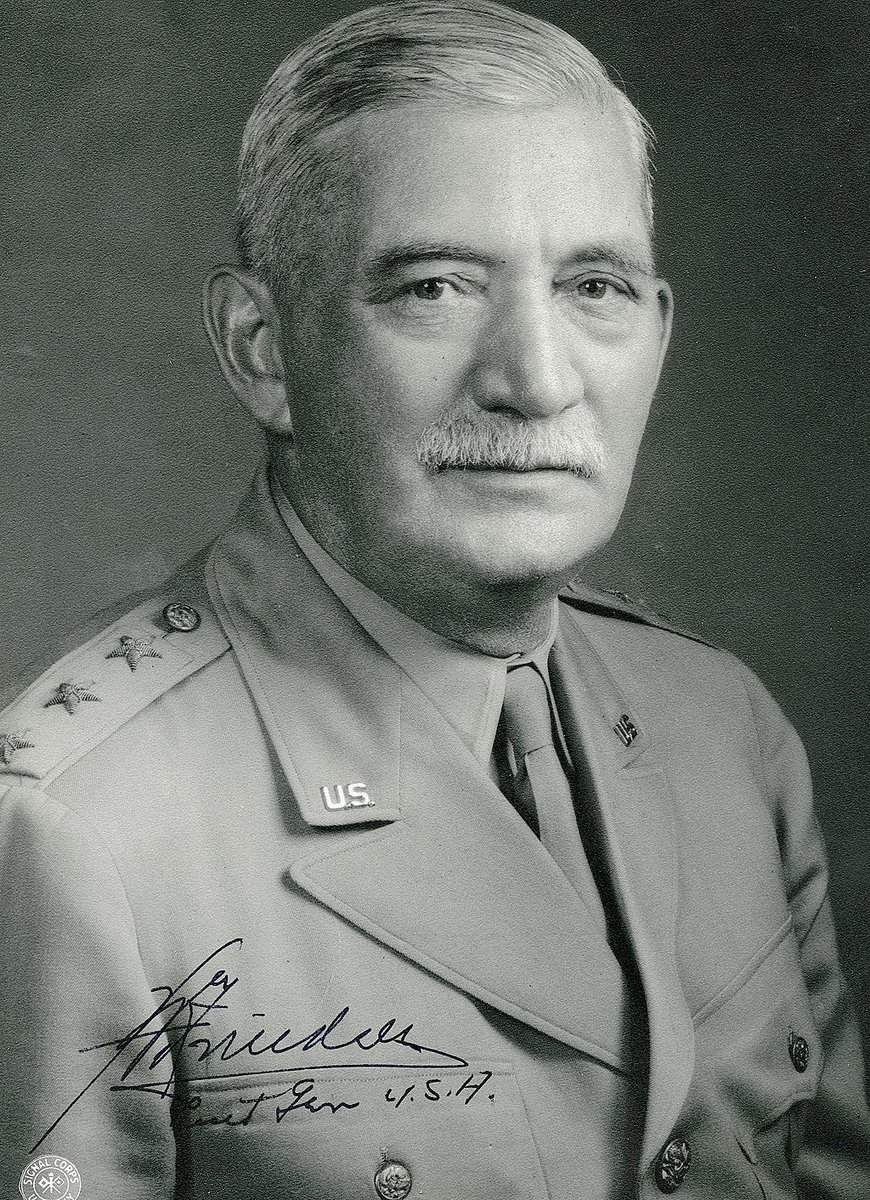
executive and an American general during World War II. His experience and success as a key senior manager in the operations sides of Ford Motor Company and then General Motors led the Franklin Roosevelt administration to commission him directly as a lieutenant general in the US
Army to help lead the United States' war materiel production efforts for World War II.
Knudsen was born in Copenhagen, Denmark. His name was originally Signius Wilhelm Poul Knudsen. He immigrated to the United States and arrived in New York in February 1900.
Knudsen was
Knudsen was born in Copenhagen, Denmark. His name was originally Signius Wilhelm Poul Knudsen. He immigrated to the United States and arrived in New York in February 1900.
Knudsen was
working for the John R. Keim Company of Buffalo, New York, a bicycle and auto parts maker, when the Ford Motor Company bought it in 1911 for its steel-stamping experience and tooling. Knudsen worked for Ford from 1911 to 1921, a decade that saw the formative development of the
modern assembly line and true mass production. Working first for the Ford Motor Company and later for General Motors from 1921, Knudsen became an expert on mass production and a skilled manager. Knudsen was president of the Chevrolet Division of General Motors from 1924 to 1937
and was president of General Motors from 1937 to 1940.
In 1940, US President Franklin Roosevelt, at the recommendation of Bernard Baruch, asked Knudsen to come to Washington to help with war production. Knudsen was appointed as Chairman of the Office of Production Management
In 1940, US President Franklin Roosevelt, at the recommendation of Bernard Baruch, asked Knudsen to come to Washington to help with war production. Knudsen was appointed as Chairman of the Office of Production Management
and member of the National Defense Advisory Commission for which he received a salary of $1 per year.
In January 1942, Knudsen received a commission as a lieutenant general in the US Army, the only civilian ever to join the army at such a high initial rank, and appointed as
In January 1942, Knudsen received a commission as a lieutenant general in the US Army, the only civilian ever to join the army at such a high initial rank, and appointed as
Director of Production, Office of the Under Secretary of War. In that capacity, he worked as a consultant and a troubleshooter for the War Department.
In both positions, Knudsen used his extensive experience in manufacturing and industry respect to facilitate the largest
In both positions, Knudsen used his extensive experience in manufacturing and industry respect to facilitate the largest
production job in history. In response to the demand for war materiel, production of machine tools tripled. The total aircraft produced for the US military in 1939 was less than 3,000 planes. By the end of the war, America produced over 300,000 planes of which the Boeing
B-29 Superfortress benefitted greatly from Knudsen's direction. Production of both cargo and Navy ships also increased astronomically. Knudsen's influence not only smoothed government procurement procedures but also led companies that had never produced military hardware to enter
the market. America outproduced its enemies. As Knudsen said, "We won because we smothered the enemy in an avalanche of production, the like of which he had never seen, nor dreamed possible."
He was appointed Director of the Air Technical Service Command when it was founded in
He was appointed Director of the Air Technical Service Command when it was founded in
July 1944 at Patterson Field, Ohio. He served in the Army until his resignation on June 1, 1945.
Knudsen's son Semon "Bunkie" Knudsen was also a prominent automobile industry executive.
Semon Emil Knudsen was born on October 2, 1912 in Buffalo, New York. He was the son of
Knudsen's son Semon "Bunkie" Knudsen was also a prominent automobile industry executive.
Semon Emil Knudsen was born on October 2, 1912 in Buffalo, New York. He was the son of

former General Motors President, and Army three-star general William S. Knudsen. The nickname "Bunkie" is attributed to his relationship with his father and is derived from the World War I term for bunk mate.
After attending Dartmouth College in 1931–1932, Knudsen transferred to
After attending Dartmouth College in 1931–1932, Knudsen transferred to
the Massachusetts Institute of Technology and graduated in 1936 with a Bachelor of Science in general engineering.
Knudsen was married to Frances Anne McConnell for 58 years until her death in 1996. They had four children: Judith, Lisa, Kristina, and Peter.
Knudsen began
Knudsen was married to Frances Anne McConnell for 58 years until her death in 1996. They had four children: Judith, Lisa, Kristina, and Peter.
Knudsen began
working for General Motors in 1939 with Pontiac Division and rose to management quickly, becoming general manager of the Detroit Diesel Division in 1955, a vice-president of the company and general manager of Pontiac Division in July 1956.
Knudsen brought in Pete Estes from
Knudsen brought in Pete Estes from
Oldsmobile as chief engineer and hired John DeLorean away from Packard to be his assistant, with the assignment to create high performance versions of Pontiac's existing models.
Knudsen was elected as executive vice-president of GM in 1967. He was head of GM's Overseas,
Knudsen was elected as executive vice-president of GM in 1967. He was head of GM's Overseas,
Industrial, and Defense Operation in February 1968 when he created controversy by resigning to become president of the Ford Motor Company.
Rumors at the time suggested that Knudsen's move to Ford was prompted by his having been passed over for the GM presidency in favor of
Rumors at the time suggested that Knudsen's move to Ford was prompted by his having been passed over for the GM presidency in favor of
Ed Cole, the father of the small block eight cylinder engine for the Chevrolet Corvette.
Henry Ford II was looking for a seasoned executive to take charge at his company, which would allow him to spend more time on outside activities; and so the opportunity for Knudsen was

Henry Ford II was looking for a seasoned executive to take charge at his company, which would allow him to spend more time on outside activities; and so the opportunity for Knudsen was
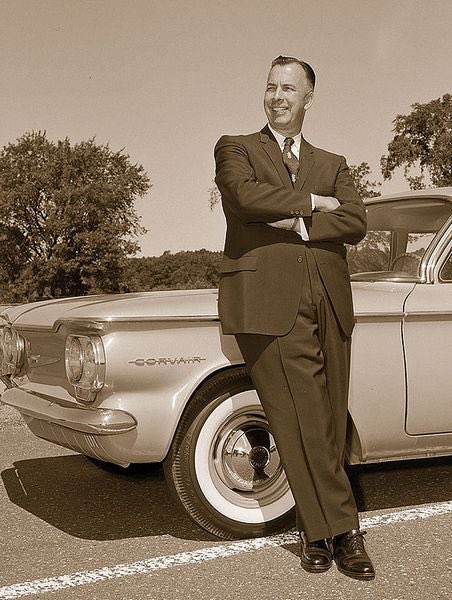

ripe.
Political infighting with career Ford executives, notably Lee Iacocca, led to his dismissal from Ford on September 11, 1969. Reportedly, Henry Ford II sent Ford's vice president for public relations, Ted Mecke, to Knudsen's home the previous night to inform him that he

Political infighting with career Ford executives, notably Lee Iacocca, led to his dismissal from Ford on September 11, 1969. Reportedly, Henry Ford II sent Ford's vice president for public relations, Ted Mecke, to Knudsen's home the previous night to inform him that he
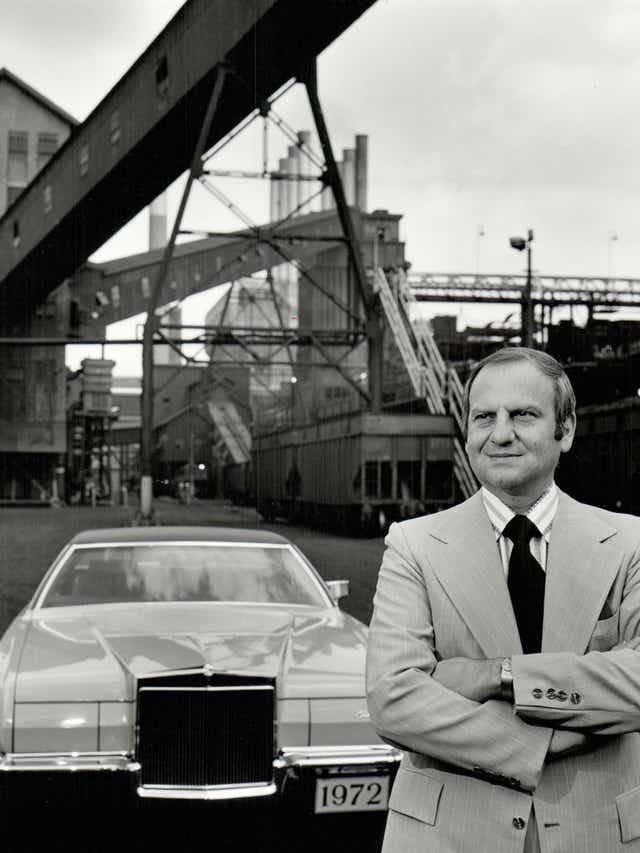
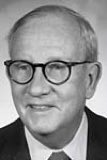
would be fired, telling Knudsen that "Henry sent me here to tell you that tomorrow will be a rough day at work."
When Ford made the decision official the next day, Bunkie said "I'm shocked" to which Ford replied, "I imagine you would be." Noted for his laconic replies to

When Ford made the decision official the next day, Bunkie said "I'm shocked" to which Ford replied, "I imagine you would be." Noted for his laconic replies to
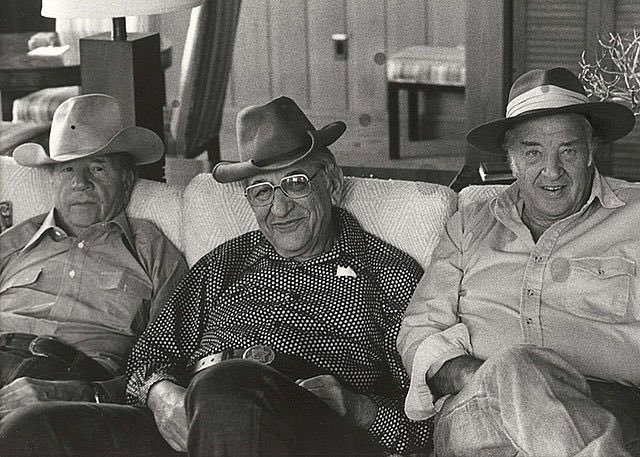

difficult questions, Mr. Ford told the media "Things just didn't work out", but later reports indicated many career Ford executives allied themselves with Iacocca and were working against Knudsen.
His dismissal led to a widely circulated witticism in Ford circles as the
His dismissal led to a widely circulated witticism in Ford circles as the
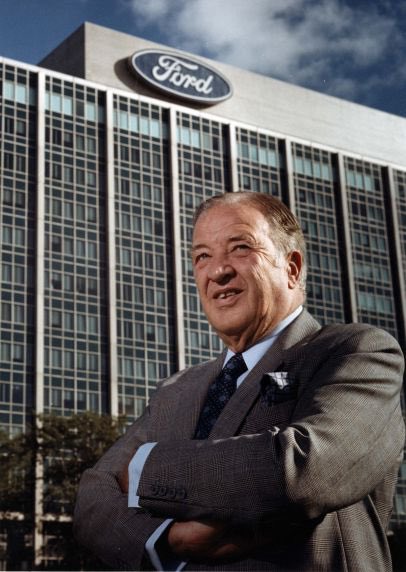
hallmark phrase of Henry Ford, "History is bunk", was turned around to "Bunkie is history".
After Ford, Knudsen launched a company to build motor homes called Rectrans Inc. In 1971, Knudsen became president of truck manufacturer White Motor Company in Cleveland, Ohio, where he
After Ford, Knudsen launched a company to build motor homes called Rectrans Inc. In 1971, Knudsen became president of truck manufacturer White Motor Company in Cleveland, Ohio, where he
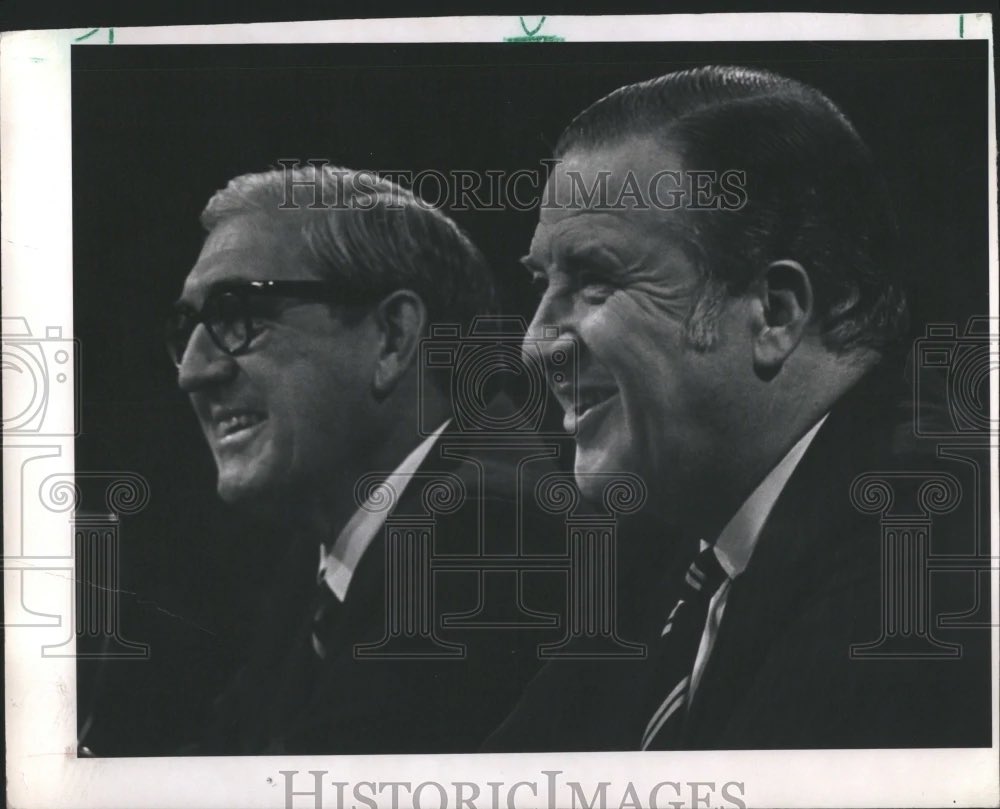
worked until he retired in 1980 (White also became defunct that year).
White Diesel Engine Division in Springfield, Ohio, manufactured diesel engine generators, which powered U.S. military equipment and infrastructure, namely Army Nike and Air Force Bomarc launch complexes, and
White Diesel Engine Division in Springfield, Ohio, manufactured diesel engine generators, which powered U.S. military equipment and infrastructure, namely Army Nike and Air Force Bomarc launch complexes, and

other guided missile installations and proving grounds, sections of SAGE and DEW Line stations, radars, Combat Direction Centers and other ground facilities of the U.S. aerospace defense ring, such as the Texas Towers.
A former White subsidiary, White Farm Equipment, produced
A former White subsidiary, White Farm Equipment, produced
farm tractors until 2001.
In 1979 White Motors spun off its agriculture division to a Texas firm called TIC. The White line was branded WFE (White Farm Equipment). The agriculture market hit a severe recession in the early 1980s, and TIC sold WFE to Allied Products. Allied
In 1979 White Motors spun off its agriculture division to a Texas firm called TIC. The White line was branded WFE (White Farm Equipment). The agriculture market hit a severe recession in the early 1980s, and TIC sold WFE to Allied Products. Allied
owned the New Idea farm equipment brand and formed a new division called White-New Idea.
In 1920, publisher Eugene Meyer and noted chemist William Ripley Nichols founded Allied Chemical and Dye Corporation in order to address this shortcoming in American industrial production.
In 1920, publisher Eugene Meyer and noted chemist William Ripley Nichols founded Allied Chemical and Dye Corporation in order to address this shortcoming in American industrial production.
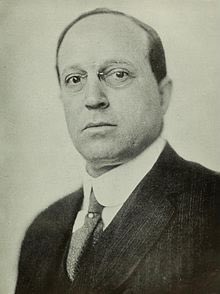
Allied was an amalgamation of five existing companies with a total capitalization of $175,000,000, including Barrett Chemical Company (est. 1858), General Chemical Company (est. 1899), National Aniline & Chemical Company (est. 1917), Semet-Solvay Company (est. 1895), and the
Solvay Process Company (est. 1881). All manufacturing was consolidated in Buffalo, and much attention was given to improving the processes hastily introduced during World War I.
Allied's first venture into new markets was the construction of a synthetic ammonia plant near
Allied's first venture into new markets was the construction of a synthetic ammonia plant near
Hopewell, Virginia in 1928. This would soon become the world's largest producer of ammonia.
In 1960 the company--then called Union Oil & Gas Corporation--merged with Texas Natural Gas Corporation, combining the oil and gas production operations of Union Oil and the natural gas
In 1960 the company--then called Union Oil & Gas Corporation--merged with Texas Natural Gas Corporation, combining the oil and gas production operations of Union Oil and the natural gas
liquids processing and marketing facilities of Texas Natural Gas under the name Union Texas Natural Gas Corporation.
In 1962 Allied Chemical Corporation acquired the two-year-old Union Texas Natural Gas, renaming it the Union Texas Petroleum Division.
The Union Texas stake was
In 1962 Allied Chemical Corporation acquired the two-year-old Union Texas Natural Gas, renaming it the Union Texas Petroleum Division.
The Union Texas stake was
acquired by an investor group comprised of the New York investment firm Kohlberg, Kravis, Roberts & Company (KKR) and Union Texas's top management.
CEO John T. Connor, secretary of commerce under president Lyndon Johnson, sold many of Allied's unprofitable businesses in the
CEO John T. Connor, secretary of commerce under president Lyndon Johnson, sold many of Allied's unprofitable businesses in the
1970s and invested more heavily in oil and gas exploration. By 1979, Union Texas was generating 80% of Allied's revenue.
Conner served in the United States Marine Corps as the assistant to the future Navy secretary James V. Forrestal. He was working on penicillin production and
Conner served in the United States Marine Corps as the assistant to the future Navy secretary James V. Forrestal. He was working on penicillin production and

procurement issues.
In the 1970s, headed the Committee of Business Executives against the Vietnam War, and served on the Rockefeller Commission to the investigation of the CIA activities.
In 1985, Allied merged with the Signal Companies to become AlliedSignal. The company
In the 1970s, headed the Committee of Business Executives against the Vietnam War, and served on the Rockefeller Commission to the investigation of the CIA activities.
In 1985, Allied merged with the Signal Companies to become AlliedSignal. The company
would eventually acquire Honeywell in 1999, and adopt its name.
In 1906, Mark Honeywell founded the Honeywell Heating Specialty Company in Wabash, Indiana, to manufacture and market his invention, the mercury seal generator.
Honeywell's main competitor was W.R. Sweatt and his
In 1906, Mark Honeywell founded the Honeywell Heating Specialty Company in Wabash, Indiana, to manufacture and market his invention, the mercury seal generator.
Honeywell's main competitor was W.R. Sweatt and his
Minneapolis Heat Regulator Company. The two companies had patents which blocked each other from further growth. They merged to form the Minneapolis-Honeywell Regulator Company, with Sweatt as Chairman and Honeywell as President.
The Solvay Process Company was a joint venture
The Solvay Process Company was a joint venture
between Belgian chemists Ernest and Alfred Solvay, who owned the patent rights to the Solvay process, and Americans William B. Cogswell and Rowland Hazard II.
After several refusals, Cogswell eventually secured American rights to the Solvay process. He obtained capital to
After several refusals, Cogswell eventually secured American rights to the Solvay process. He obtained capital to
build a production facility from Rowland Hazard II, scion of the Hazard family.
Through the marriage of Commodore Mathew Hazard Perry's daughter Caroline Slidell to financier August Belmont the extended Hazard family includes brothers Oliver Hazard Perry Belmont (1858–1908),
Through the marriage of Commodore Mathew Hazard Perry's daughter Caroline Slidell to financier August Belmont the extended Hazard family includes brothers Oliver Hazard Perry Belmont (1858–1908),
American socialite, United States Representative from New York, and builder of Belcourt Castle, Perry Belmont (1851 – May 25, 1947), United States statesman, and August Belmont Jr. (1853–1924), American financier, builder of New York's Belmont Park racetrack, and major
owner/breeder of thoroughbred racehorses.
August Belmont lived in New York to supervise the jeopardized Rothschild financial interests in America, whose New York agent had filed for bankruptcy.
In the financial/economic recession and Panic of 1837, hundreds of American
August Belmont lived in New York to supervise the jeopardized Rothschild financial interests in America, whose New York agent had filed for bankruptcy.
In the financial/economic recession and Panic of 1837, hundreds of American
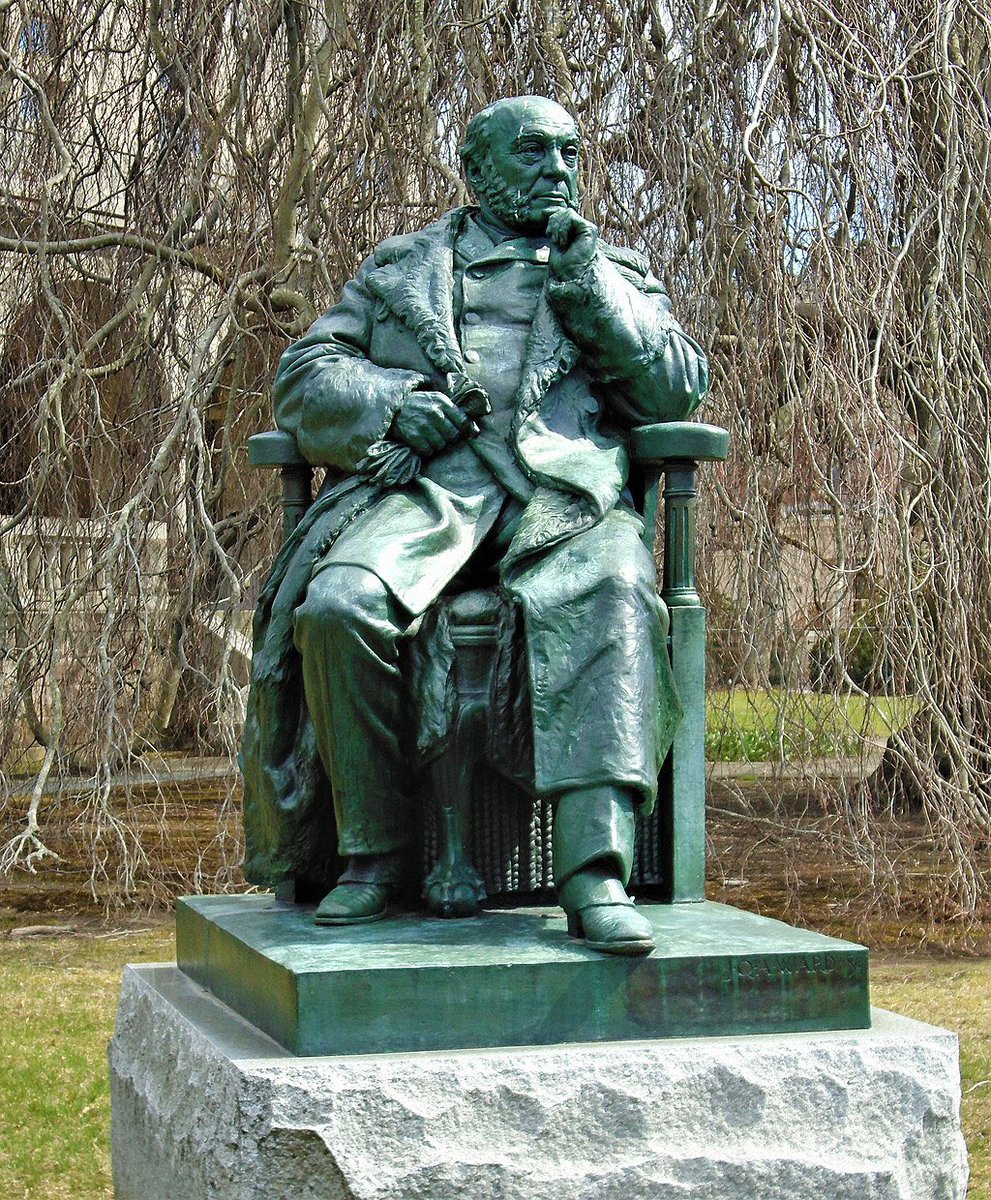
businesses, including the Rothschild family's American agent in New York City, collapsed. As a result, Belmont postponed his departure for Havana indefinitely and began a new firm, August Belmont & Company, believing that he could supplant the recently bankrupt firm, the American
Agency. August Belmont & Company was an instant success, and Belmont restored health to the Rothschilds' U.S. interests over the next five years.
John Slidell, the uncle of Belmont's wife, was a U.S. Senator from Louisiana and later Southern secessionist who served the
John Slidell, the uncle of Belmont's wife, was a U.S. Senator from Louisiana and later Southern secessionist who served the
Confederate States government as a foreign diplomat and potential minister to Great Britain and French Emperor Napoleon III. He was controversially removed in late 1861 from the British trans-Atlantic steam packet ship Trent, off-shore from Havana, by the Union Navy warship
USS San Jacinto. Slidell made Belmont his protégé.
Slidell was born to merchant John Slidell and Margery née Mackenzie, a Scot. He graduated from Columbia University (then College) 1810. In 1835, Slidell married Mathilde Deslonde. They had three children, Alfred Slidell, Marie
Slidell was born to merchant John Slidell and Margery née Mackenzie, a Scot. He graduated from Columbia University (then College) 1810. In 1835, Slidell married Mathilde Deslonde. They had three children, Alfred Slidell, Marie

Rosine (later [on 30 Sept. 1872] comtesse [Countess] de St. Roman), and Marguerite Mathilde (later [on 3 Oct. 1864] baronne [Baroness] Frederic Emile d'Erlanger).
Slidell plotted with "Fire-Eaters" such as William Lowndes Yancey of Alabama to stymie the nomination of the popular
Slidell plotted with "Fire-Eaters" such as William Lowndes Yancey of Alabama to stymie the nomination of the popular
Northern Democratic Senator Stephen A. Douglas of Illinois.
Douglas's paternal ancestors had migrated to New England in the 17th century, and his paternal grandfather, Benajah Douglass, served several terms in the Vermont House of Representatives. Douglas's father died when
Douglas's paternal ancestors had migrated to New England in the 17th century, and his paternal grandfather, Benajah Douglass, served several terms in the Vermont House of Representatives. Douglas's father died when
Douglas was just two months old. Douglas, his mother, and older sister moved to the farm she and her bachelor brother, Edward Fisk, had inherited from their father.
During one evening in the early 1840s, Douglas dined with Joseph Smith, the Prophet and President of The Church of
During one evening in the early 1840s, Douglas dined with Joseph Smith, the Prophet and President of The Church of

Jesus Christ of Latter-day Saints. At Douglas's request, President Smith recounted a history of the Missouri persecutions, to which Douglas expressed sympathy. Joseph Smith then pronounced the following prophecy on the head of Stephen A. Douglas:
“Judge, you will aspire to the
“Judge, you will aspire to the
presidency of the United States; and if ever you turn your hand against me or the Latter-day Saints, you will feel the weight of the hand of Almighty upon you; and you will live to see and know that I have testified the truth to you; for the conversation of this day will stick
to you through life.”
After the resolution of the Trent Affair, the two diplomats set sail for England on January 1, 1862. From England, Slidell at once went to Paris, where, in February 1862, he paid his first visit to the French minister of foreign affairs. His mission to
After the resolution of the Trent Affair, the two diplomats set sail for England on January 1, 1862. From England, Slidell at once went to Paris, where, in February 1862, he paid his first visit to the French minister of foreign affairs. His mission to

gain recognition of the Confederate States by France failed, as did his effort to negotiate a commercial agreement for France to get control of Southern cotton if the blockade were broken. In both cases, France refused to move without the co-operation of England. He succeeded in
negotiating a loan of $15,000,000 from Emile Erlanger & Co. and in securing the ship "Stonewall" for the Confederate government.
Emile Erlanger & Co. was a French finance and investment company established by German-born, Parisian banker Baron Frédéric Émile d'Erlanger and was
Emile Erlanger & Co. was a French finance and investment company established by German-born, Parisian banker Baron Frédéric Émile d'Erlanger and was
active during and after the period of Reconstruction following the American Civil War. d'Erlanger was married to Matilde Slidell, the daughter of Louisiana merchant, lawyer and politician John Slidell.
The company was known for its cotton bonds issued to support the Confederacy
The company was known for its cotton bonds issued to support the Confederacy
in 1863. It later had a specialty in channeling French capital into Southern railroads and land development, notably the railroads of the Queen and Crescent Route.
The bank was renamed Erlanger Ltd. from 1928.
In 1958, the bank merged with Philip Hill Higginson under the
The bank was renamed Erlanger Ltd. from 1928.
In 1958, the bank merged with Philip Hill Higginson under the
chairmanship of Leo d'Erlanger. The name of the bank was then changed to Philip Hill Higginson Erlanger Ltd. In 1965, the bank merged with private bank M Samuel to become Hill Samuel & Co, which was subsequently taken over by TSB Group Plc. in 1987, which itself merged with
Lloyds Bank to become Lloyds TSB in 1995.
In 1832, Marcus Samuel founded the company M. Samuel & Co. near the Tower of London to import goods from the Far East. It started with seashells, later extending its trading business to rice and general produce on a grand scale. By the
In 1832, Marcus Samuel founded the company M. Samuel & Co. near the Tower of London to import goods from the Far East. It started with seashells, later extending its trading business to rice and general produce on a grand scale. By the

middle of the 19th century the company expanded further into the re-exporting business, importing goods worldwide and re-exporting them to Europe and North America.
Recognising the opportunities offered by the emerging rise of the oil industry, in the 1880s Marcus shipped case
Recognising the opportunities offered by the emerging rise of the oil industry, in the 1880s Marcus shipped case
oil from Russian oil fields to Japan such that by 1888 that he was able to commission his own ships for bulk oil transportation.
His first ship, the 'Murex', was the first tanker to pass through the Suez Canal in 1892 and this division of the company exists today as the
His first ship, the 'Murex', was the first tanker to pass through the Suez Canal in 1892 and this division of the company exists today as the
Royal Dutch Shell Company; originally named the Shell Transport and Trading Company after the popular imports of sea shells of the time.
Hill Samuel & Co. Limited was created in 1965 by the merger of M. Samuel & Co. and Philip Hill, Higginson, Erlanger's Limited (the founders of
Hill Samuel & Co. Limited was created in 1965 by the merger of M. Samuel & Co. and Philip Hill, Higginson, Erlanger's Limited (the founders of
which included Frédéric Émile d'Erlanger).
Mocatta (also de Mattos Mocatta, Lumbroso de Mattos Mocatta and Lumbrozo de Mattos Mocatta) is the name of a prominent Anglo-Jewish family (originally from Portugal).
The principal families in the "cousinhood" of senior Sephardic
Mocatta (also de Mattos Mocatta, Lumbroso de Mattos Mocatta and Lumbrozo de Mattos Mocatta) is the name of a prominent Anglo-Jewish family (originally from Portugal).
The principal families in the "cousinhood" of senior Sephardic
Anglo-Jewish families, the de facto Anglo-Jewish aristocracy. These influential families of the "cousinhood" include the d'Avigdor family, Sassoon family, Goldsmid family, Henriques family, Kadoorie family, Lousada family, Mazza family, Montefiore family, Spielmann family,
🛎 Samuel family🛎and De Leon family.
By 1670, Moses Mocatta had taken his family to London, and in 1671, he founded a bullion brokerage firm in Camomile Street in the City of London; renamed Mocatta & Goldsmid in 1799, after Asher Goldsmid was admitted as partner in 1787. The
By 1670, Moses Mocatta had taken his family to London, and in 1671, he founded a bullion brokerage firm in Camomile Street in the City of London; renamed Mocatta & Goldsmid in 1799, after Asher Goldsmid was admitted as partner in 1787. The
world's oldest bullion house, it exists today largely as ScotiaMocatta.
In 1909, Harvard anthropologist Zelia Nuttall compiled an intensive comparative study on the historical production of the purple dye produced from the carnivorous murex snail, source of the royal purple dye
In 1909, Harvard anthropologist Zelia Nuttall compiled an intensive comparative study on the historical production of the purple dye produced from the carnivorous murex snail, source of the royal purple dye
valued higher than gold in the ancient Near East and ancient Mexico.
Tyrian purple (Ancient Greek: πορφύρα porphúra; Latin: purpura), also known as Phoenician red, Phoenician purple, royal purple, imperial purple, or imperial dye, is a reddish-purple natural dye; the name Tyrian
Tyrian purple (Ancient Greek: πορφύρα porphúra; Latin: purpura), also known as Phoenician red, Phoenician purple, royal purple, imperial purple, or imperial dye, is a reddish-purple natural dye; the name Tyrian
refers to Tyre, Lebanon. It is a secretion produced by several species of predatory sea snails in the family Muricidae, rock snails originally known by the name 'Murex'.
The main chemical constituent of the Tyrian dye was discovered by Paul Friedländer in 1909 to be 6,6′-
The main chemical constituent of the Tyrian dye was discovered by Paul Friedländer in 1909 to be 6,6′-
dibromoindigo, derivative of indigo dye that had previously been synthesized in 1903. Although the first chemical synthesis was reported in 1914, unlike indigo, it has never been synthesized at commercial level.
Paul Friedländer was born as son of Ludwig Friedländer in
Paul Friedländer was born as son of Ludwig Friedländer in

Königsberg in 1857. The chemist Carl Gräbe was a regular guest of his father; thus after finishing the gymnasium, Friedländer studied chemistry in Königsberg in the laboratories of Gräbe. Later he studied at the Strasbourg and Munich where he assisted Adolf von Baeyer.
Johann Friedrich Wilhelm Adolf von Baeyer(31 October 1835 – 20 August 1917) was a German chemist who synthesised indigo and developed a nomenclature for cyclic compounds (that was subsequently extended and adopted as part of the IUPAC organic nomenclature). He was ennobled in
the Kingdom of Bavaria in 1885 and was the 1905 recipient of the Nobel Prize in Chemistry.
In 1872 he experimented with phenol and formaldehyde; the resinous product was a precursor for Leo Baekeland's later commercialization of Bakelite.
Baeyer was born in Berlin as the son
In 1872 he experimented with phenol and formaldehyde; the resinous product was a precursor for Leo Baekeland's later commercialization of Bakelite.
Baeyer was born in Berlin as the son
of the noted geodesist and captain of the Royal Prussian Army Johann Jacob Baeyer and his wife Eugenie Baeyer née Hitzig (1807–1843).
Both his parents were Lutherans at the time of his birth and he was raised in the Lutheran religion. His mother was the daughter of Julius
Both his parents were Lutherans at the time of his birth and he was raised in the Lutheran religion. His mother was the daughter of Julius
Eduard Hitzig and a member of the originally Jewish Itzig family, and had converted to Christianity before marrying his father, who was of non-Jewish German descent.
Many of the thirteen children of Daniel Itzig and Miriam Wulff, and their descendants and spouses, had
Many of the thirteen children of Daniel Itzig and Miriam Wulff, and their descendants and spouses, had
significant impact on both Jewish and German social and cultural (especially musical) history.
Julius Eduard Hitzig (born Isaac Elias Itzig; 26 March 1780 in Berlin – 26 November 1849 in Berlin) was a German author and civil servant.
Born into the wealthy and influential Jewish
Julius Eduard Hitzig (born Isaac Elias Itzig; 26 March 1780 in Berlin – 26 November 1849 in Berlin) was a German author and civil servant.
Born into the wealthy and influential Jewish
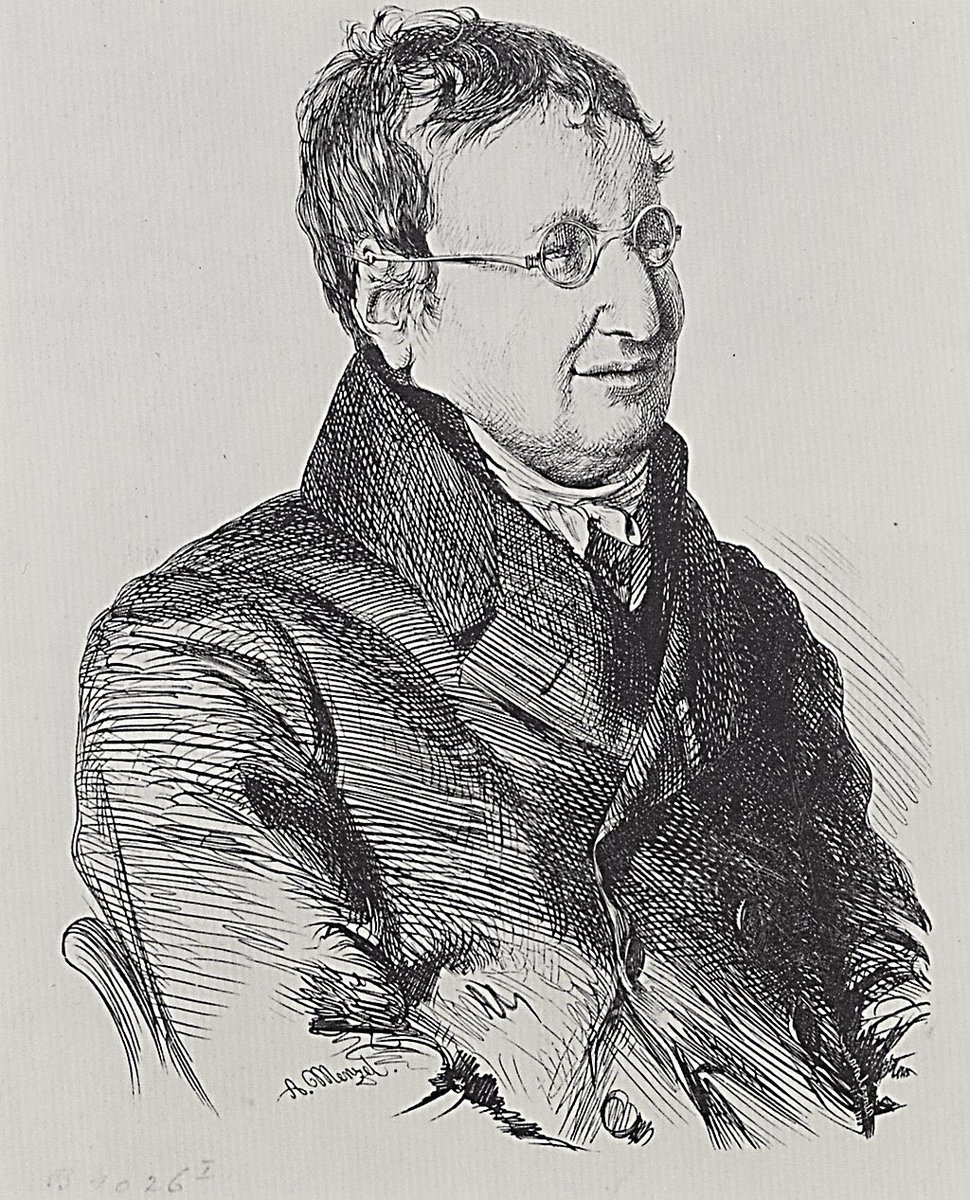
Itzig family, he was between 1799 and 1806 a Prussian civil servant, became Criminal Counsel at the Berlin Supreme Court in 1815 and its director in 1825. In 1808 he established a publishing house and later a bookstore.
Hitzig was much involved in the Berlin literary life of his
Hitzig was much involved in the Berlin literary life of his
period, notably in connection with the salon of Rahel Varnhagen. He was friendly with E.T.A. Hoffmann, August von Kotzebue, Adelbert von Chamisso, Friedrich de la Motte Fouqué and Willibald Alexis. He was lampooned for his name change by Heinrich Heine.
Heine was also a third
Heine was also a third
cousin once removed of philosopher and economist Karl Marx, also born to a German Jewish family in the Rhineland, with whom he became a frequent correspondent in later life.
The most successful member of the Heine family was his uncle Salomon Heine, a millionaire banker in
The most successful member of the Heine family was his uncle Salomon Heine, a millionaire banker in
Hamburg. In 1816 Heine moved to Hamburg to become an apprentice at Heckscher & Co.
Salomon Heine (19 October 1767 – 23 December 1844) was a merchant and banker in Hamburg. Heine was born in Hanover. Penniless, he came to Hamburg in 1784 and in the following years acquired
Salomon Heine (19 October 1767 – 23 December 1844) was a merchant and banker in Hamburg. Heine was born in Hanover. Penniless, he came to Hamburg in 1784 and in the following years acquired
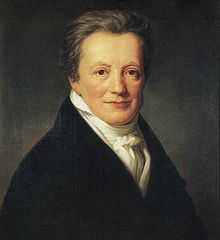
sizeable assets. It was common knowledge at the time that he was benefactor and patron to his nephew Heinrich Heine. Because of his wealth – by the time of his death his estate was worth an estimated € 110 million – he was called "Rothschild of Hamburg".
Heine worked in
Heine worked in
Hamburg for the rest of his life. After the disastrous Great Fire of Hamburg in 1842 he participated in the city's reconstruction with his private assets.
The fire caused 100 million marks in losses, seriously straining many insurance companies. The municipal Hamburger
The fire caused 100 million marks in losses, seriously straining many insurance companies. The municipal Hamburger
Feuerkasse (Hamburg Fire Fund) or Cassa, participation in which had been made mandatory for most residents in 1817, was liable for 38 million marks and had to raise a bond for 34.4 million marks (with Salomon Heine putting up much of the collateral), which it paid off over
46 years. The private Gothaer Feuer (Gotha Fire) had to have 250,000 thalers in coins shipped to Hamburg to satisfy claimants who insisted on payment in Prussian currency. After the fire, British insurers increasingly concentrated on the British Empire. The disaster was the
primary impetus to the establishment of the first reinsurance company, Kölnische Rückversicherungs-Gesellschaft or Kölnische Rück (Cologne Re), an ancestor of Gen Re, which was first discussed later in 1842, although it was not chartered until 1846.
Gen Re is a member of the
Gen Re is a member of the
Berkshire Hathaway Inc group of companies.
The monastery (first Cistercians, since 1258 Augustinians) was founded before 1251 and abandoned in 1525. Until 1665, the bourse of Gotha was located in the centre of Hauptmarkt square inside the Renaissance building, which hosts the
The monastery (first Cistercians, since 1258 Augustinians) was founded before 1251 and abandoned in 1525. Until 1665, the bourse of Gotha was located in the centre of Hauptmarkt square inside the Renaissance building, which hosts the
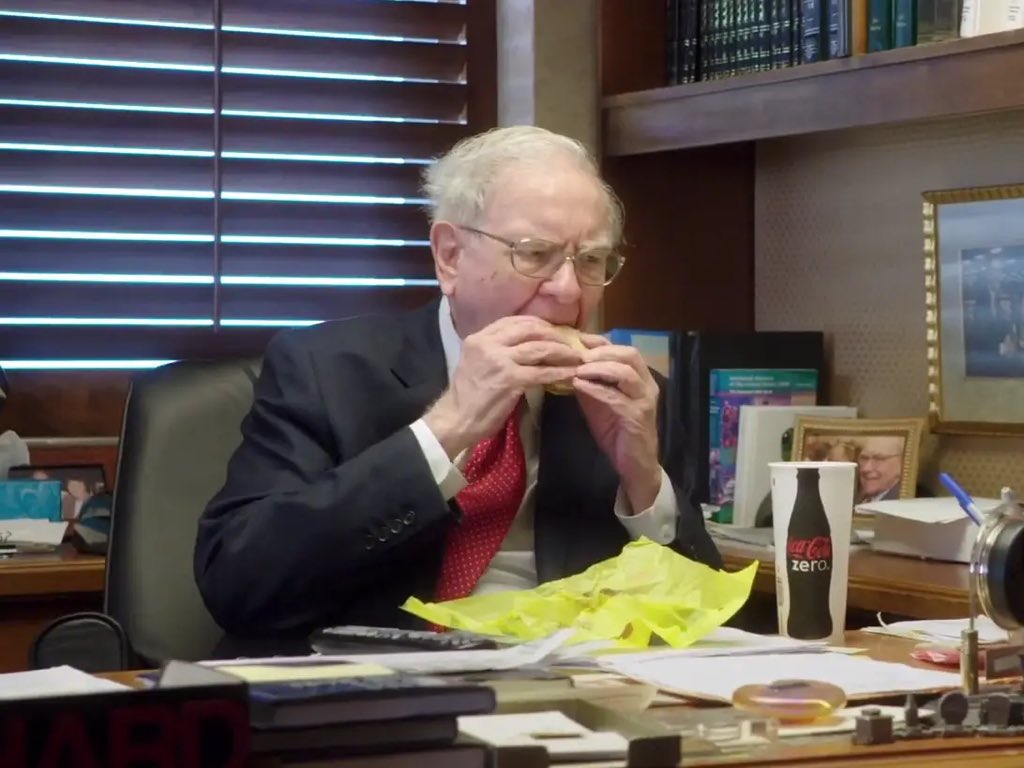
town hall today. The medieval town hall was located on the north-eastern edge of Hauptmarkt, at the site of today's Innungshalle.
The Reformation was introduced in Gotha in 1524 and the castle was rebuilt as a larger fortress between 1530 and 1541. Gotha was already part of the
The Reformation was introduced in Gotha in 1524 and the castle was rebuilt as a larger fortress between 1530 and 1541. Gotha was already part of the
Ernestine Wettins territory after the 1485 Treaty of Leipzig. However, the Ernestines' loss of power after the Schmalkaldic War in 1547, the Treaty of Erfurt in 1572, when the city became part of Saxe-Coburg, and the Thirty Years' War resulted in Gotha's decline. The local
castle, Grimmenstein, was razed by Imperial troops in 1572.
Johann Jacob Baeyer (born 5 November 1794 in Berlin, died 10 September 1885 in Berlin) was a German geodesist and a lieutenant-general in the Royal Prussian Army. He was the first director of the Royal Prussian Geodetic
Johann Jacob Baeyer (born 5 November 1794 in Berlin, died 10 September 1885 in Berlin) was a German geodesist and a lieutenant-general in the Royal Prussian Army. He was the first director of the Royal Prussian Geodetic
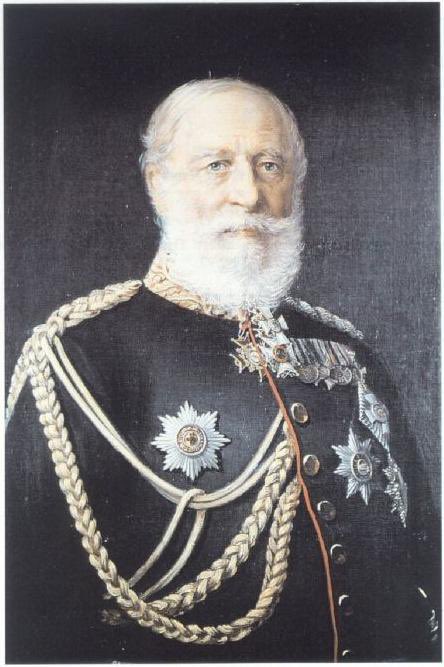
Institute and is regarded as the founder of the International Association of Geodesy. He was the father of the Nobel Prize–winning chemist Adolf von Baeyer.
Doctoral students
Emil Fischer
John Ulric Nef
Victor Villiger
Carl Theodore Liebermann
Carl Gräbe
Influenced
Otto Hahn
Doctoral students
Emil Fischer
John Ulric Nef
Victor Villiger
Carl Theodore Liebermann
Carl Gräbe
Influenced
Otto Hahn

Friedrich Bayer (born Friedrich Beyer, 6 June 1825 in Barmen now Wuppertal – 6 May 1880 in Würzburg) was the founder of what would become Bayer, a German chemical and pharmaceutical company.
He founded the dyestuff factory Friedrich Bayer along with Johann Friedrich Weskott in
He founded the dyestuff factory Friedrich Bayer along with Johann Friedrich Weskott in

1863 in Elberfeld, a flourishing city in the early industrialised region of the Wuppertal or Wupper Valley.
Beyer is mostly a German family name, occurring most commonly in German-speaking countries. It can be either habitational (derived from Bayer, which is the male German
Beyer is mostly a German family name, occurring most commonly in German-speaking countries. It can be either habitational (derived from Bayer, which is the male German
language demonym for Bavaria) or occupational (derived from the archaic German verb beiern, "to ring (a bell)", thus referring to individuals tasked with ringing church bells). Variants of the surname include Beier, Bayer and Baier.
• • •
Missing some Tweet in this thread? You can try to
force a refresh



